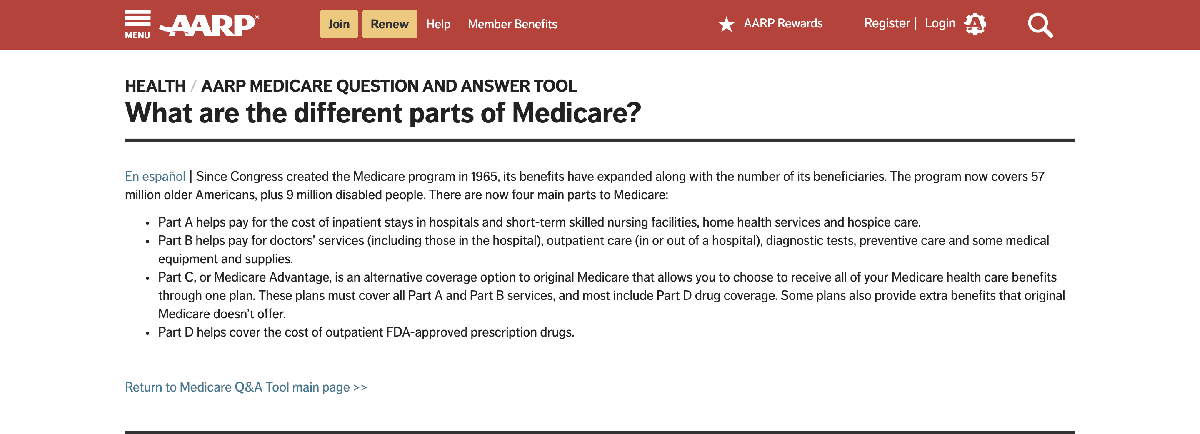Many people believe that Americans move to Canada because they're attracted to the Canadian political system. A different health insurance marketplace is just one of the reasons an American might start looking at Canada as a place to live.
The two countries share a lot culturally. But their approaches to health insurance differ wildly.
It can be hard to understand how things work in another country until you've experienced it yourself. To simplify things, we've broken down the basic differences in the health insurance marketplace between the two countries.
Keep reading to learn how Americans and Canadians access healthcare differently!
Differences Between Canada and USA Health Insurance
First, let's look at an overview of how health insurance works in each of these countries.
United States
About half of U.S. citizens get health insurance through their employers.
Historically, employer-provided health insurance was the only way to get insured in the U.S. This caused a lot of problems for underemployed and unemployed people. They often had no way to get affordable healthcare.
When the Affordable Care Act (ACA) was passed, more people got the option to get health insurance without an employer. Among other things, the ACA made it easier for people to qualify for the government's healthcare program, Medicaid.
Canada
In Canada, healthcare is all publicly funded. Every citizen in the country is medically covered through the Canadian Medicare program.
However, Canadian Medicare doesn't cover everything. People still have to pay out of pocket for things like dental care and prescription drugs. This means that a lot of Canadians buy private health insurance to help them pay for these services.
Where Do Americans Get Health Insurance?
As you can probably already see, both systems are more complex than they might appear at first glance. Now, let's take a closer look at the health insurance options in each country.
In America, private health insurance provides coverage to the majority of citizens. Most of these private insurance plans are employer-funded. This means they're tied to a person's job.
The three biggest providers of private insurance are Anthem, Humana, and Health Care Service Corp.
Thanks to the ACA, people who don't have employer-sponsored insurance options can usually qualify for Medicaid. In the past, Medicaid was only available to people below a certain income level. Now, people at higher income levels can still get Medicaid through the ACA.
Medicare is the publicly-funded American insurance option for seniors and disabled people.
The Medicare program involves four different parts.
Part A offers hospital insurance, while Part B offers medical insurance. In Medicare Part C, you'll find coverage for both Parts A and B offered by private health plans. Finally, Medicare Part D covers prescription drugs through Medicare-approved private insurance plans.
More on the ACA
Since the ACA adds a new layer of complication to the US insurance situation, let's take a deeper dive into how it works.
One of the main purposes of the ACA was to expand Medicaid. This lets people with more money still get government-sponsored coverage.
However, it's up to each state to decide if they will offer this expanded Medicaid coverage or not. Some states still haven't given residents this option.
The ACA also provides people with the right to health coverage even when they have pre-existing conditions. It makes preventative healthcare free for anyone who's covered. It also gives people the chance to choose the best doctor for them.
For people who don't qualify for Medicaid through the ACA, a system of tax subsidies makes the health insurance plans more affordable. These tax credits allow more people to purchase insurance plans at reasonable rates.
Where Do Canadians Get Health Insurance?
In Canada, the system is much more simple. People can get health insurance through the Canadian Medicare option unless they choose to buy a private plan that offers more coverage.
Although Canadian Medicare is a "single-payer system," this doesn't mean that it's a single system. It just means that the funding all comes from the government. Provincial and federal taxes fund this health insurance marketplace.
People get their healthcare from the plans available in their territory or province. Sort of like American states must make their own decisions regarding the ACA, Canadian provinces have to use money from the federal government to make their own healthcare systems.
However, each plan is required to cover the necessary health services. These services include visits to the doctor and hospital, as well as other necessities like dental surgery.
Which Healthcare System Is Better?
Each of these systems covers a lot of people. But both are also plagued with plenty of problems.
In America, people still run into financial issues when it comes to getting the care they need. Even employer-sponsored plans can be costly for the employees. The US healthcare system is notoriously expensive for the government. But it can also be costly for the people on the plans.
In Canada, waitlists for treatment are one of the most common issues. Each province has the freedom to organize specialty physicians as they'd like. This can leave huge treatment gaps in certain areas.
However, Canadian citizens do have the benefit of knowing that they won't have to wait or pay out of pocket for necessary emergency care.
With so many differences, it's impossible to determine which system is better. Each citizen in each country has to navigate unique challenges with the health insurance marketplace.
Navigating the Health Insurance Marketplace in Canada
When it comes to figuring out the health insurance marketplace in either country, things can get complicated.
Choosing an insurance plan means doing a lot of research. Fortunately, online aggregators make it easy to find information about the different available insurance plans.
Are you a Canadian citizen looking for the best health insurance solutions? Get a quote and weigh your options with our easy insurance search tool!



